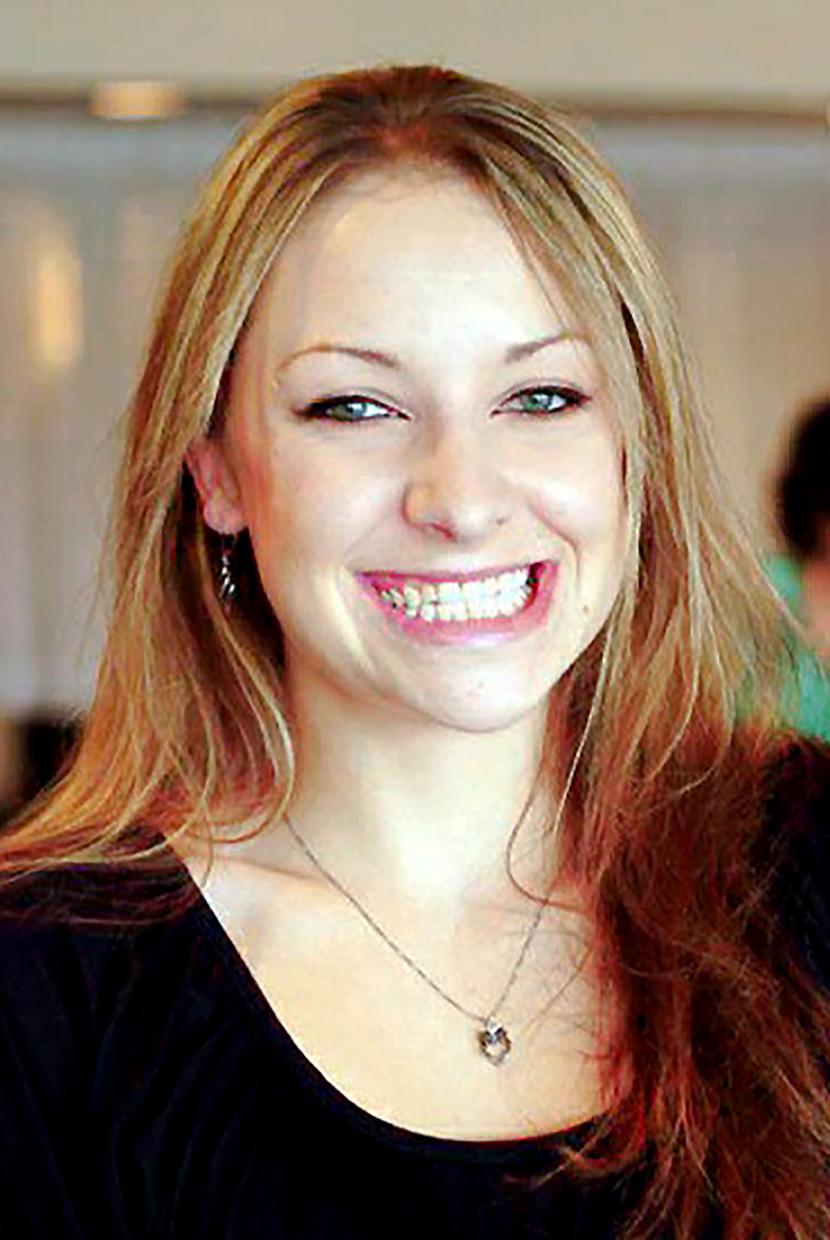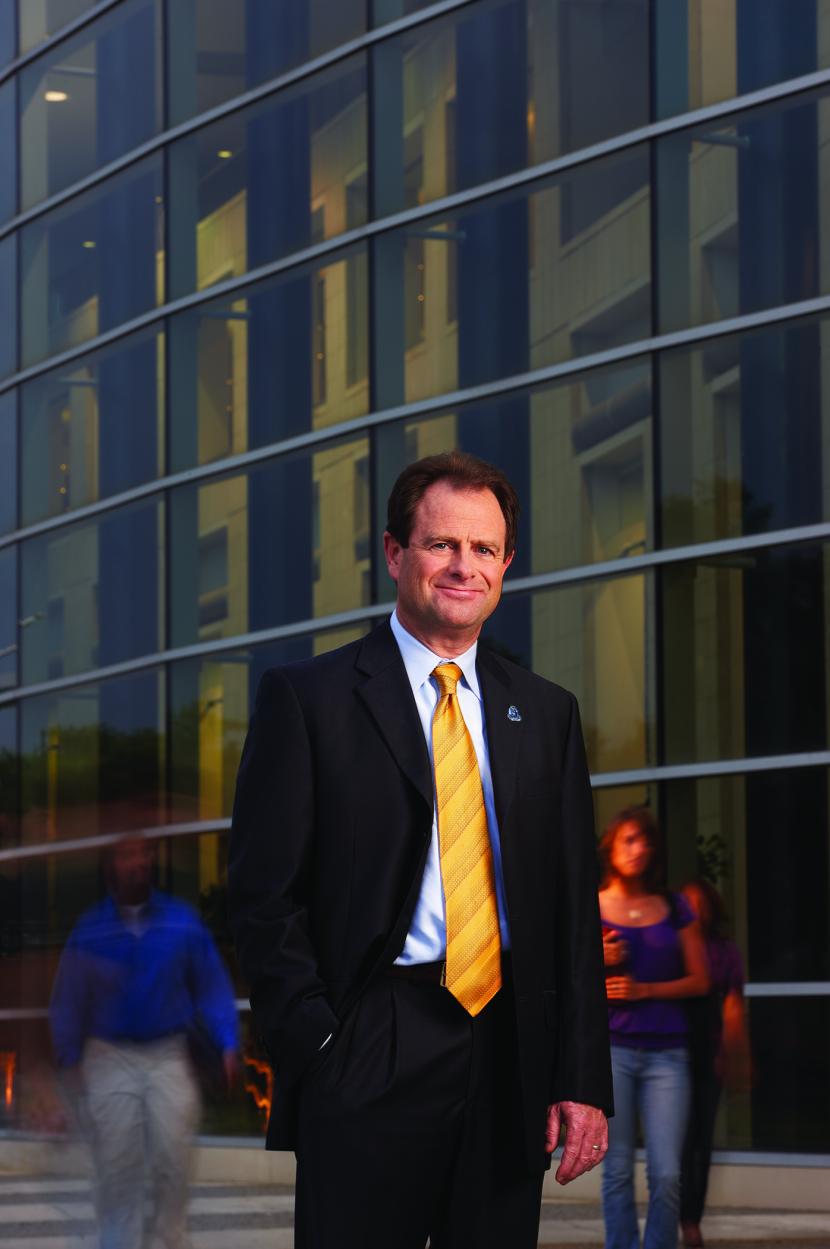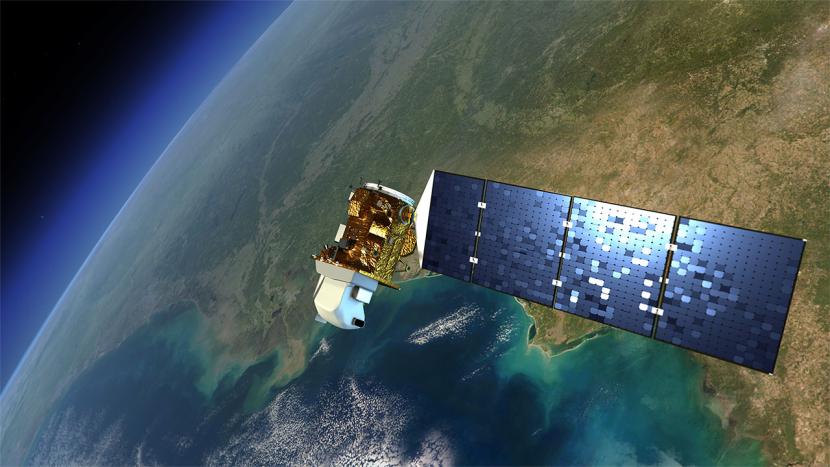Khan Iftekharuddin
Mecit Cetin
It was another one of those soaking afternoon rainstorms in Norfolk, and Khan Iftekharuddin just wanted to get home.
"There is that intersection just in front of the library, and every time we get a bit of rain it floods," said Iftekharuddin, professor and associate dean of Old Dominion University's Batten College of Engineering and Technology.
"On this day, there was just little bit of heavy rain for a few minutes and then I was going home and suddenly it was closed, and I saw this big, huge tractor trailer stuck, going nowhere, and taking a toll on every other motorist as well."
That day's commute was terrible, but it did give Iftekharuddin a research idea. Three years later, he is lead investigator for a multi-disciplinary, multi-university team that has been awarded a $1.5 million National Sciences Foundation grant to develop a prototype real-time notification system for motorists in the event of nuisance flooding.
Mecit Cetin, professor of civil and environmental engineering, had been thinking along the same lines. "Images collected by surveillance cameras (installed by public agencies such as the City of Norfolk) could be a cost-effective way to monitor road inundations due to recurrent flooding," he said.
Besides Iftekharuddin and Cetin, the project team features ODU researchers Navid Tahvildari, assistant professor of civil and environmental engineering; and Jing Chen, assistant professor of psychology; as well as Jonathan Goodall, an engineering professor from the University of Virginia. The research team had previously collaborated in different relevant projects. Goodall, Cetin and Iftekharuddin had collaborated on detecting inundated roadway segments from image data, and Tahvildari and Goodall set up a modeling system that simulates compound flooding due to storm surge and rainfall. Chen joined the team to lead the human factors research involving drivers and the public.
The current project involves developing real-time detection and monitoring system for roadway inundation, and ultimately a methodology to communicate it to motorists to help them avoid flooded roads.
In Norfolk, we know nuisance flooding. But Iftekharuddin said the technology - which utilizes cameras, tide gauges and existing and new overland water-level sensors to send real-time data to motorists - could ultimately be useful in any coastal city susceptible to sea level rise and recurrent flooding. "My colleague tells me that even in places in West Virginia, this happens every time it rains. So, this is not unique to this place. Of course, in Norfolk, we see it day in and day out."
The research includes the following tasks:
- Machine-learning algorithms for determining the extent and depth of floodwater in near real time, based on surveillance camera images collected under varying weather conditions.
- Real-time prediction of flood levels down to the street scale utilizing all relevant data, physics-based modeling and machine learning.
- Prediction of roadway capacities by studying how drivers and traffic behave on partially flooded road segments and intersections.
- An effective way to communicate this flood risk to the public so drivers can make informed decisions on their commute.
"The goal is to offer effective risk communication strategies for drivers, using reliable and fast information on the extent and depth of recurrent nuisance flooding," Iftekharuddin said. "This can hopefully help citizens avoid driving through flooded roads, reroute emergency vehicles and help gain a better understanding of flooding patterns, to help cities invest in stormwater and coastal flood protection systems."
The research team collaborates closely with Kyle Spencer, deputy resilience officer with the City of Norfolk on data collection. The team will also work with RISE, a non-profit organization in Norfolk focused on helping businesses develop new solutions for coastal communities to adapt to sea level rise and recurrent nuisance flooding.
Related News Stories
ODU Alum Well-Suited for NASA Project
Julie Hanson is part of an interdisciplinary team designing radiation-protection garments for astronauts. (More)
President Broderick’s State of the University Address Highlights ODU’s Progress Despite the Pandemic
“We have moved forward with bold initiatives, partnerships and many successes,” he said. (More)
Solving Real-World Problems from Space
ODU and the University Innovation Exchange Space Initiative are using satellite data to address a host of issues. (More)







